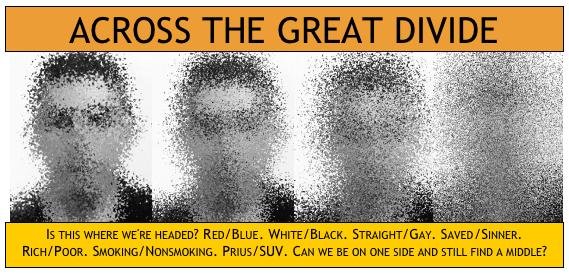Keeping the Lights On in 1002005 A.D.
The Environmental Protection Agency and the State of Nevada are wrangling over radiation standards for the planned nuclear waste site at Yucca Mountain.
Normally, I'm all in favor of taking the long view, but worrying about protecting future residents of a desolate area a million years from now seems actually short-sighted, particularly when we seem unable to set new fuel efficiency standards for automobiles in the here and now. If the human race is to last into the future longer than it's been on the planet thus far, we have a few bigger problems to solve on a much shorter time frame.
Like how to generate energy for any purpose.
The new proposed standard replaces the E.P.A.'s initial effort to set a standard that would hold for 10,000 years, which, as a New York Times editorial points out, is "roughly twice the span of recorded human history ... By Congressional decree, the standard had to be consistent with advice from the National Academy of Sciences, and the academy noted, correctly, that there was no scientific basis for stopping at 10,000 years when the peak hazard might emerge hundreds of thousands of years later."
Who knows what humans will be facing by then? Yucca Mountain is about 100 miles northwest of Las Vegas. Maybe the Strip will extend all the way up through the old nuclear proving ground right to the depository doors, where there's a theme hotel for real gamblers.
Actually, the odds don't sound too bad. Growing up in Colorado, I received annual background radiation exposure of 700 millirem, twice the standard that will kick in for any Yucca Mountain neighbors starting 500,000 years from now.
The real question is, how will planet earth keep the lights on in the meantime unless we start accepting some risks like nuclear power?
Normally, I'm all in favor of taking the long view, but worrying about protecting future residents of a desolate area a million years from now seems actually short-sighted, particularly when we seem unable to set new fuel efficiency standards for automobiles in the here and now. If the human race is to last into the future longer than it's been on the planet thus far, we have a few bigger problems to solve on a much shorter time frame.
Like how to generate energy for any purpose.
The new proposed standard replaces the E.P.A.'s initial effort to set a standard that would hold for 10,000 years, which, as a New York Times editorial points out, is "roughly twice the span of recorded human history ... By Congressional decree, the standard had to be consistent with advice from the National Academy of Sciences, and the academy noted, correctly, that there was no scientific basis for stopping at 10,000 years when the peak hazard might emerge hundreds of thousands of years later."
Who knows what humans will be facing by then? Yucca Mountain is about 100 miles northwest of Las Vegas. Maybe the Strip will extend all the way up through the old nuclear proving ground right to the depository doors, where there's a theme hotel for real gamblers.
Actually, the odds don't sound too bad. Growing up in Colorado, I received annual background radiation exposure of 700 millirem, twice the standard that will kick in for any Yucca Mountain neighbors starting 500,000 years from now.
The real question is, how will planet earth keep the lights on in the meantime unless we start accepting some risks like nuclear power?




0 Comments:
Post a Comment
<< Home